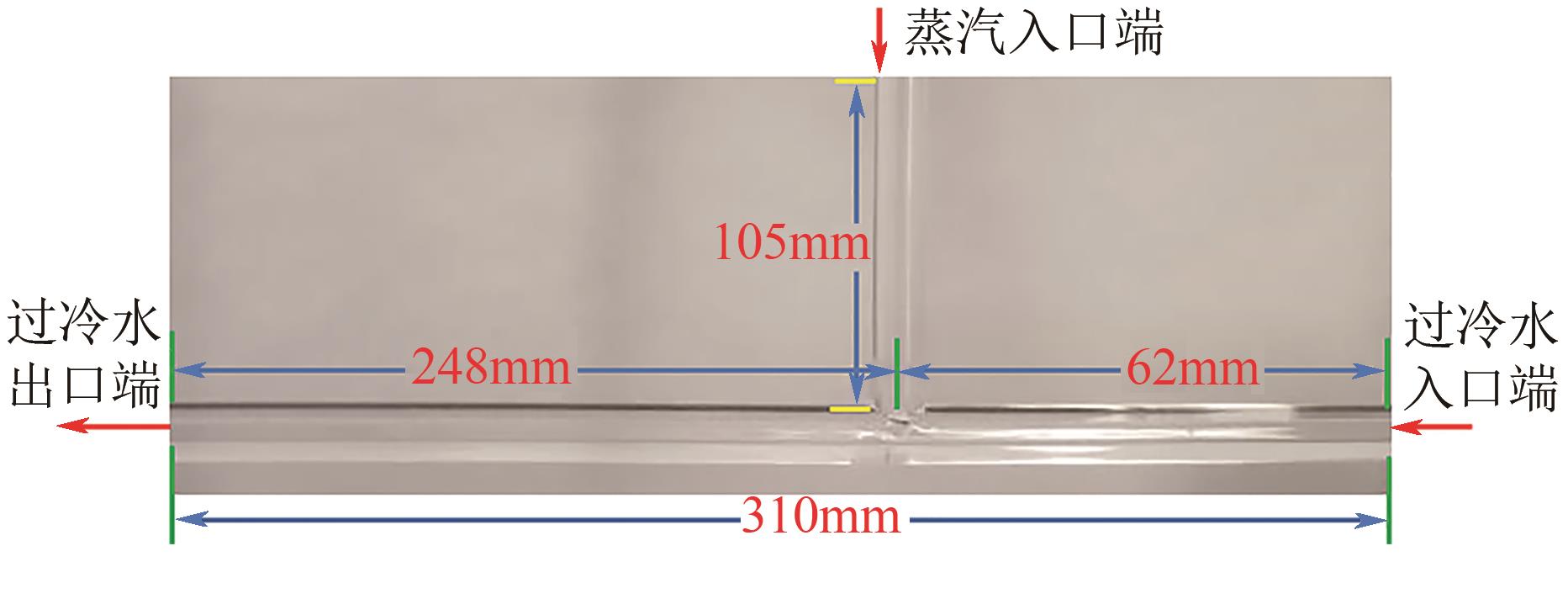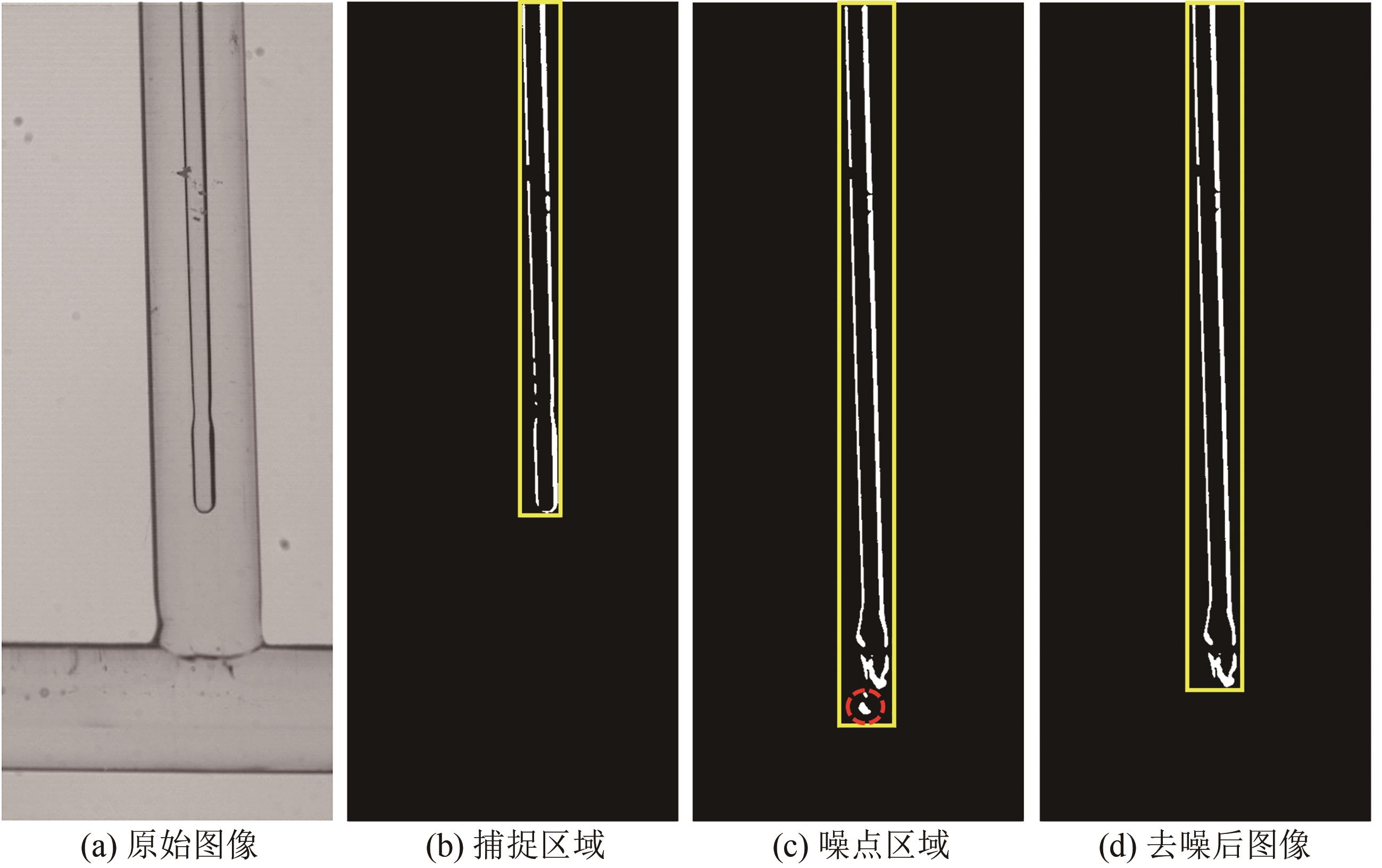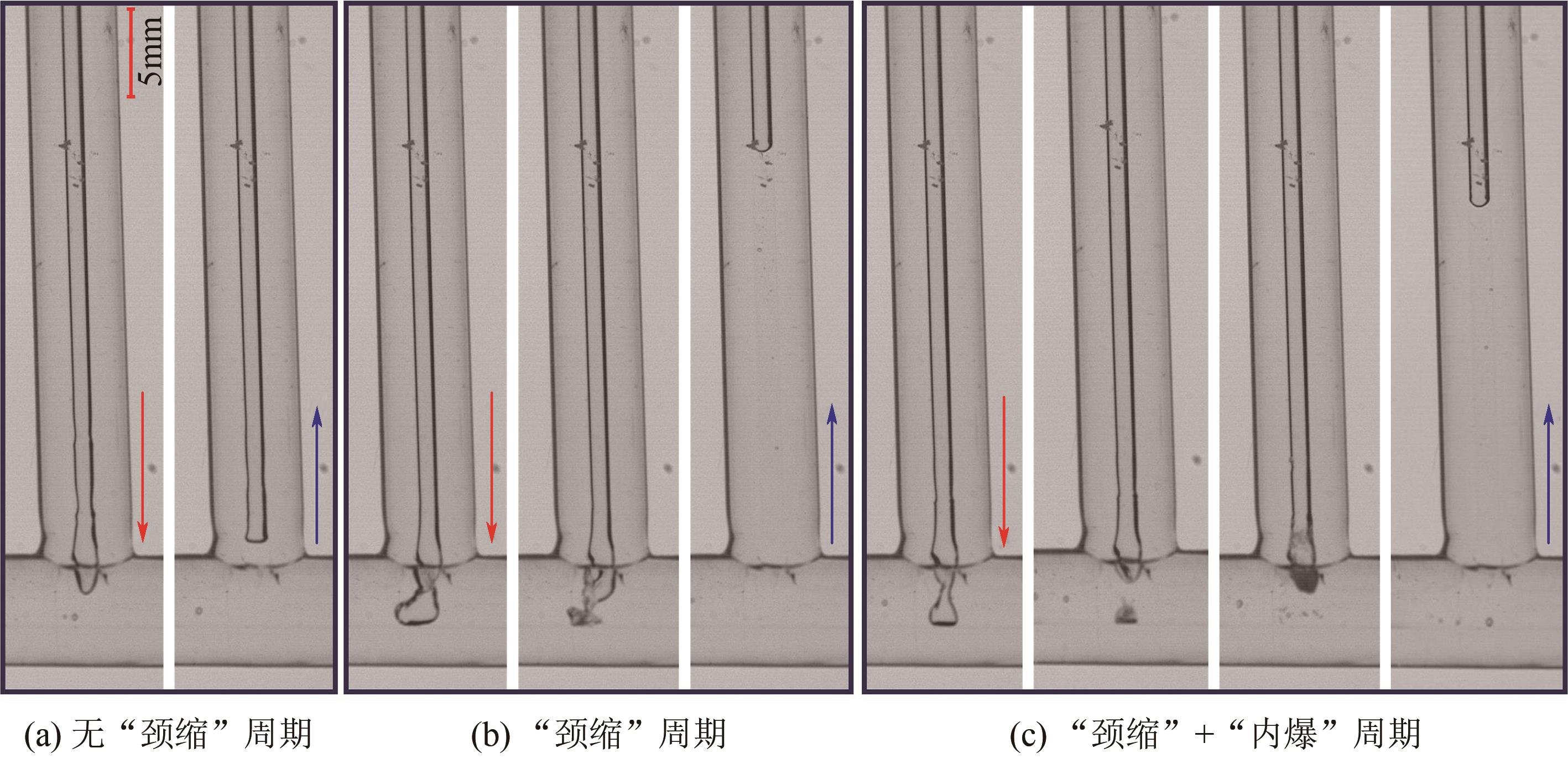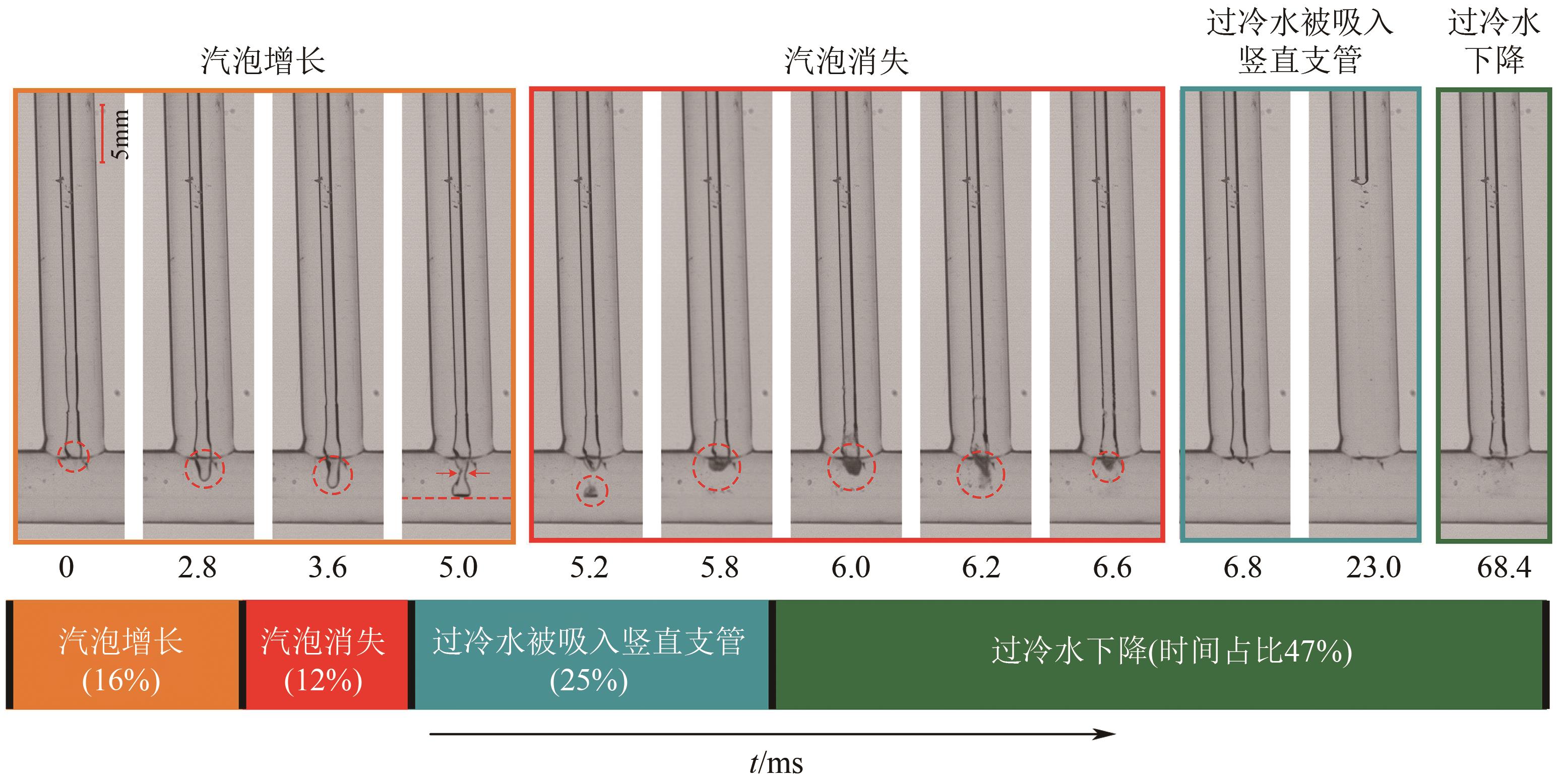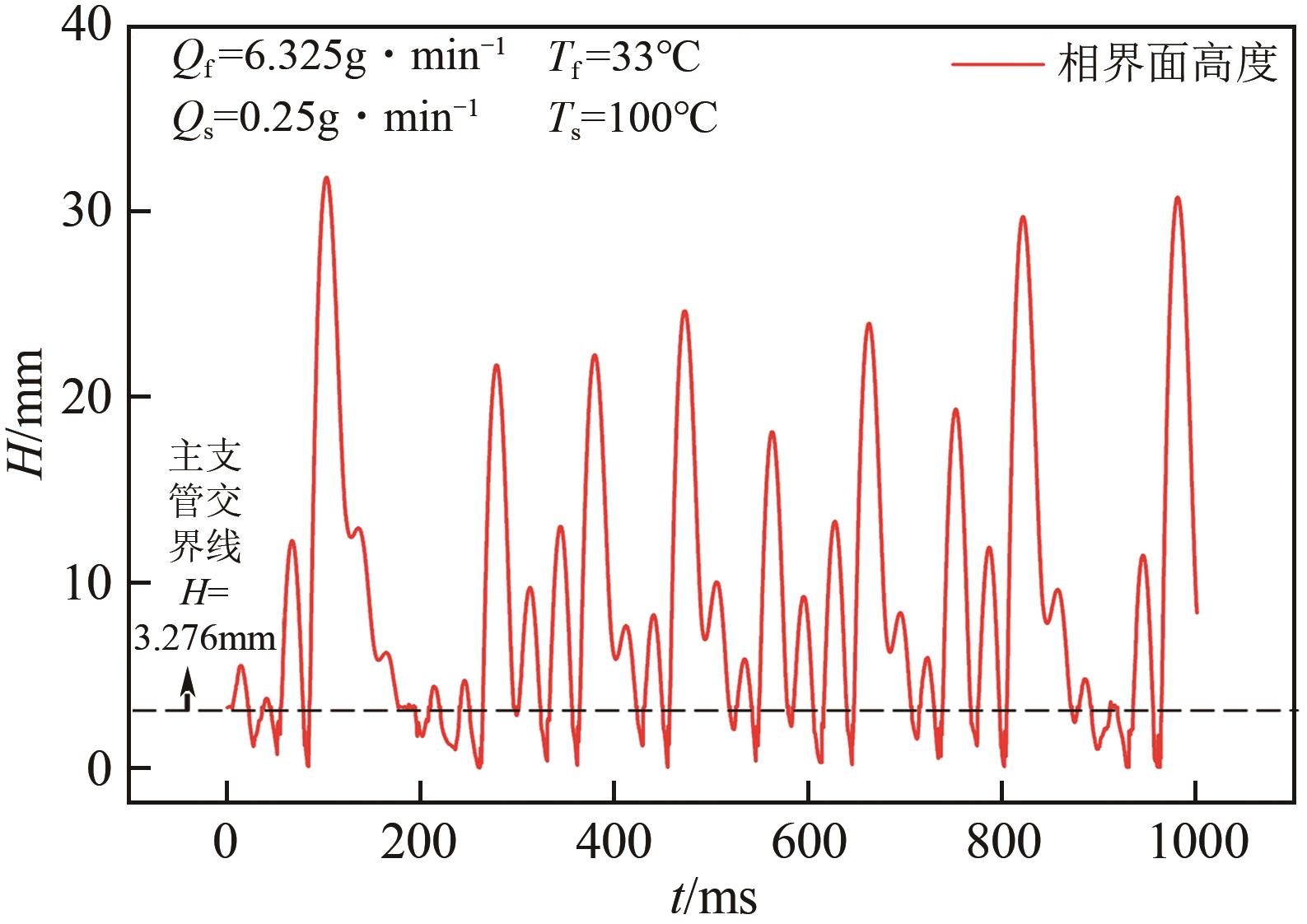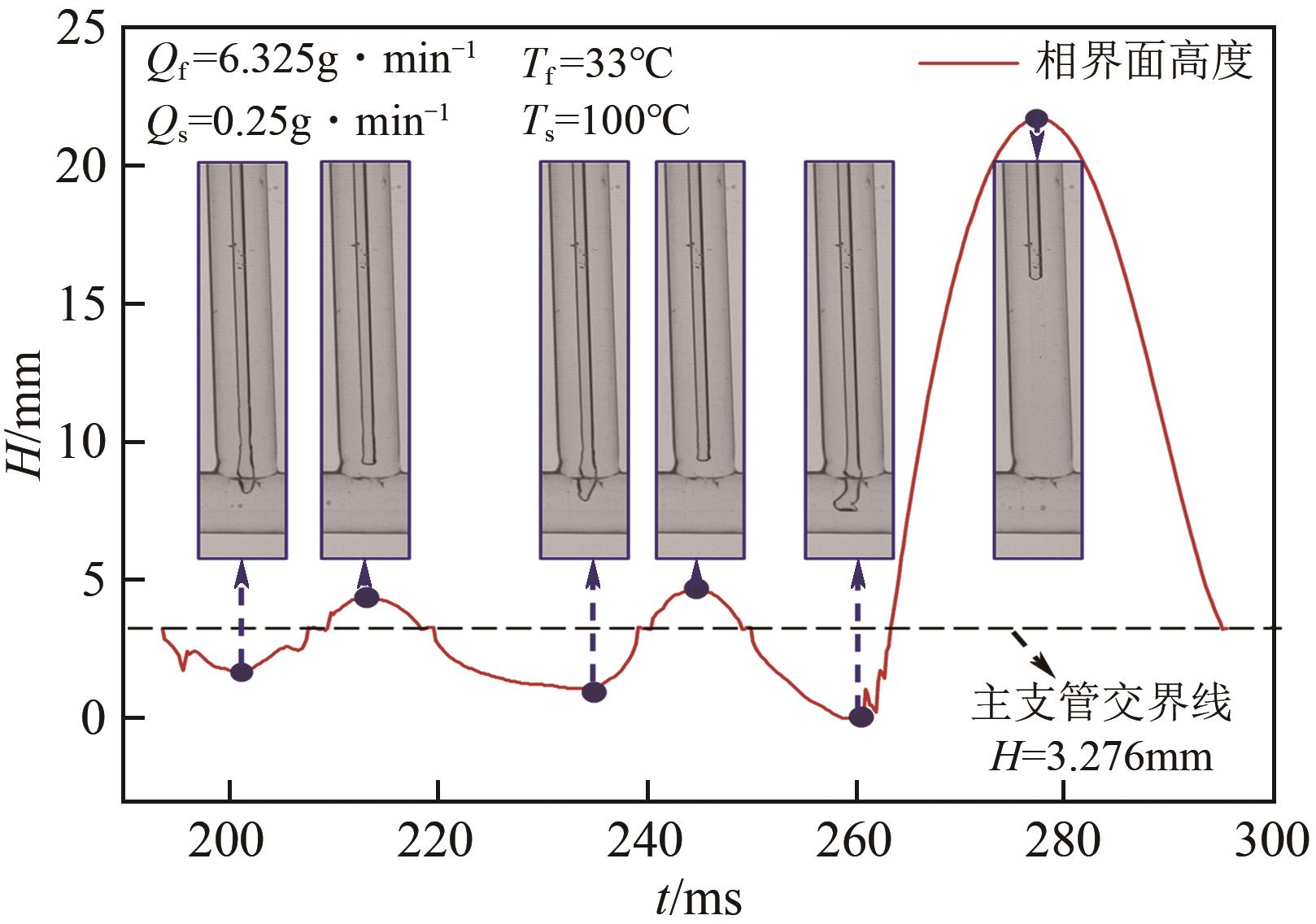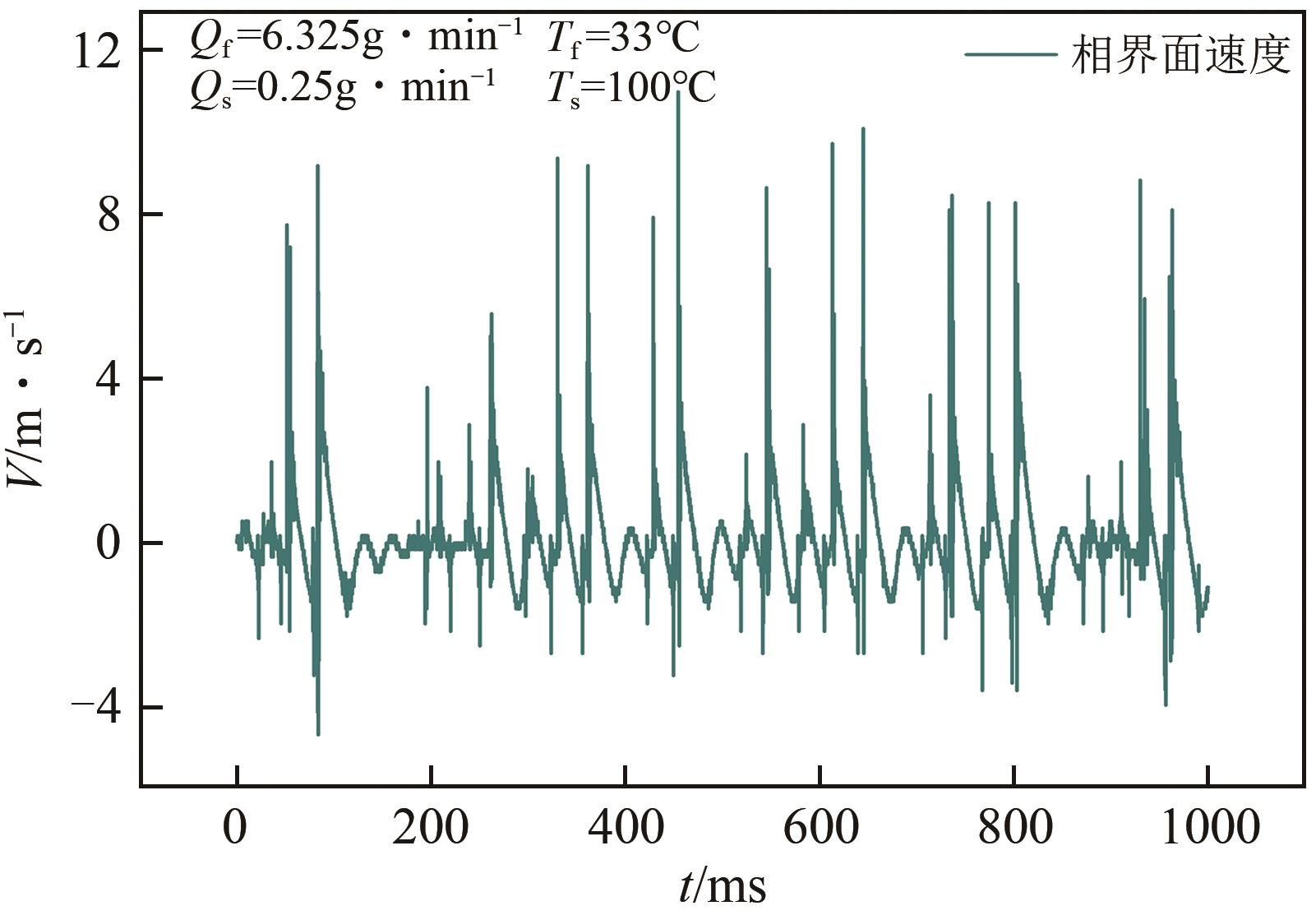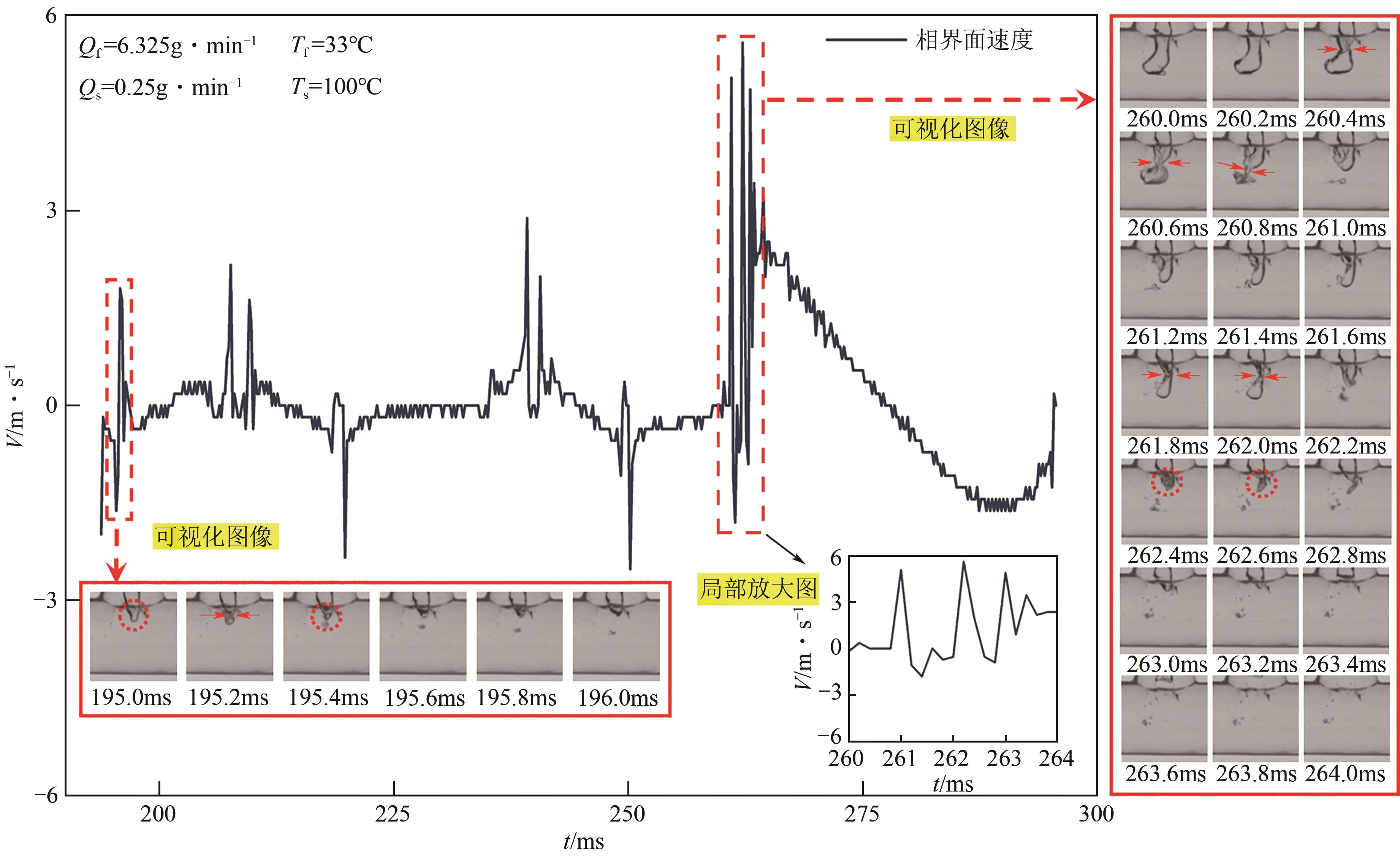| 1 |
邱斌斌, 赵全斌, 赵伟月, 等. 蒸汽射流压力振荡主频分析及强度特性[J]. 化工学报, 2014, 65(S1): 39-43.
|
|
QIU Binbin, ZHAO Quanbin, ZHAO Weiyue, et al. Frequency analysis and amplitude characteristics of pressure oscillation for steam jet[J]. CIESC Journal, 2014, 65(S1): 39-43.
|
| 2 |
屈晓航, 田茂诚, 张冠敏, 等. 含不凝气体蒸汽泡直接接触冷凝[J]. 化工学报, 2014, 65(12): 4749-4754.
|
|
QU Xiaohang, TIAN Maocheng, ZHANG Guanmin, et al. Direct contact condensation of steam bubbles with non-condensable gas[J]. CIESC Journal, 2014, 65(12): 4749-4754.
|
| 3 |
PATEL G, TANSKANEN V, HUJALA E, et al. Direct contact condensation modeling in pressure suppression pool system[J]. Nuclear Engineering and Design, 2017, 321: 328-342.
|
| 4 |
XU Qiang, GUO Liejin, CHANG Liang. Mechanisms of pressure oscillation in steam jet condensation in water flow in a vertical pipe[J]. International Journal of Heat and Mass Transfer, 2017, 110: 643-656.
|
| 5 |
WANG Jue, CHEN Lisheng, CAI Qi, et al. Direct contact condensation of steam jet in subcooled water: a review[J]. Nuclear Engineering and Design, 2021, 377: 111142.
|
| 6 |
LIU Xinxing, XIE Xibin, MENG Zhaoming, et al. Characteristics of pool thermal stratification induced by steam injected through a vertical blow down pipe under different vessel pressures[J]. Applied Thermal Engineering, 2021, 195: 117169.
|
| 7 |
GREGU G, TAKAHASHI M, PELLEGRINI M, et al. Experimental study on steam chugging phenomenon in a vertical sparger[J]. International Journal of Multiphase Flow, 2017, 88: 87-98.
|
| 8 |
叶书艳, 徐强, 郭烈锦, 等. 基于压力特性的管内蒸汽射流凝结流型识别[J]. 工程热物理学报, 2019, 40(2): 328-334.
|
|
YE Shuyan, XU Qiang, GUO Liejin, et al. Recognition of steam jet condensation regime in water pipe flow based on condensation pressure oscillation features[J]. Journal of Engineering Thermophysics, 2019, 40(2): 328-334.
|
| 9 |
唐继国, 阎昌琪, 孙立成, 等. 蒸汽流量对蒸汽直接接触冷凝的影响[J]. 航空动力学报, 2016, 31(7): 1610-1616.
|
|
TANG Jiguo, YAN Changqi, SUN Licheng, et al. Effect of vapor injection rate on direct contact condensation of vapor[J]. Journal of Aerospace Power, 2016, 31(7): 1610-1616.
|
| 10 |
VILLANUEVA W, LI H, PUUSTINEN M, et al. Generalization of experimental data on amplitude and frequency of oscillations induced by steam injection into a subcooled pool[J]. Nuclear Engineering and Design, 2015, 295: 155-161.
|
| 11 |
储小娜, 徐强, 郭烈锦, 等. 蒸汽旋转射流汽-液界面速度特性研究[J]. 工程热物理学报, 2020, 41(6): 1434-1439.
|
|
CHU Xiaona, XU Qiang, GUO Liejin, et al. Investigation on velocity characteristics of steam-liquid interface in steam rotating jet[J]. Journal of Engineering Thermophysics, 2020, 41(6): 1434-1439.
|
| 12 |
YANG Fanghao, DAI Xianming, LI Chen. High frequency microbubble-switched oscillations modulated by microfluidic transistors[J]. Applied Physics Letters, 2012, 101(7): 073509.
|
| 13 |
YANG Fanghao, DAI Xianming, Chih Jung KUO, et al. Enhanced flow boiling in microchannels by self-sustained high frequency two-phase oscillations[J]. International Journal of Heat and Mass Transfer, 2013, 58(1/2): 402-412.
|
| 14 |
LI W M, YANG F H, ALAM T, et al. Experimental and theoretical studies of critical heat flux of flow boiling in microchannels with microbubble-excited high-frequency two-phase oscillations[J]. International Journal of Heat and Mass Transfer, 2015, 88: 368-378.
|
| 15 |
MA Jiaxuan, LI Wenming, REN Congcong, et al. Realizing highly coordinated, rapid and sustainable nucleate boiling in microchannels on HFE-7100[J]. International Journal of Heat and Mass Transfer, 2019, 133: 1219-1229.
|
| 16 |
Hongrae JO, Daeseong JO. Experimental studies of condensing vapor bubbles in subcooled pool water using visual and acoustic analysis methods[J]. Annals of Nuclear Energy, 2017, 110: 171-185.
|
| 17 |
罗小平, 廖政标, 周建阳, 等. 壁面润湿性对微细通道内R141b流动沸腾不稳定性的影响[J]. 化工进展, 2019, 38(2): 752-760.
|
|
LUO Xiaoping, LIAO Zhengbiao, ZHOU Jianyang, et al. Influence of wall surface wettability on instability of R141b flow boiling in microchannels[J]. Chemical Industry and Engineering Progress, 2019, 38(2): 752-760.
|
| 18 |
TONG Zhihui, LIU Hantao, LIU Yuxiang, et al. A study on the dynamic behavior of macromolecular suspension flow in micro-channel under thermal gradient using energy-conserving dissipative particle dynamics simulation[J]. Microfluidics and Nanofluidics, 2020, 24(5): 1-11.
|
| 19 |
侯娜娜, 李树谦, 张东, 等. 微细通道内过冷水温度对蒸汽直接接触间歇凝结界面波动的影响研究[J]. 南京师大学报(自然科学版), 2022, 45(1): 22-31.
|
|
HOU Nana, LI Shuqian, ZHANG Dong, et al. Study of sub-cooled water temperature on the interface wave for direct contact condensation in a micro channel[J]. Journal of Nanjing Normal University (Natural Science Edition), 2022, 45(1): 22-31.
|
| 20 |
张强武. T型微细通道内蒸汽直接接触间歇凝结界面波动特征及机理研究[D]. 石家庄: 河北科技大学, 2020.
|
|
ZHANG Qiangwu. Investigation on evolution characteristics and mechanisms of the vapor-liquid interface of the chugging condensation in T-type micro channel[D]. Shijiazhuang: Hebei University of Science and Technology, 2020.
|
| 21 |
MOFFAT R J. Describing the uncertainties in experimental results[J]. Experimental Thermal and Fluid Science, 1988, 1(1): 3-17.
|
 ), LI Shuqian2,3,4(
), LI Shuqian2,3,4( ), ZHANG Dong1, MA Kunru1
), ZHANG Dong1, MA Kunru1

